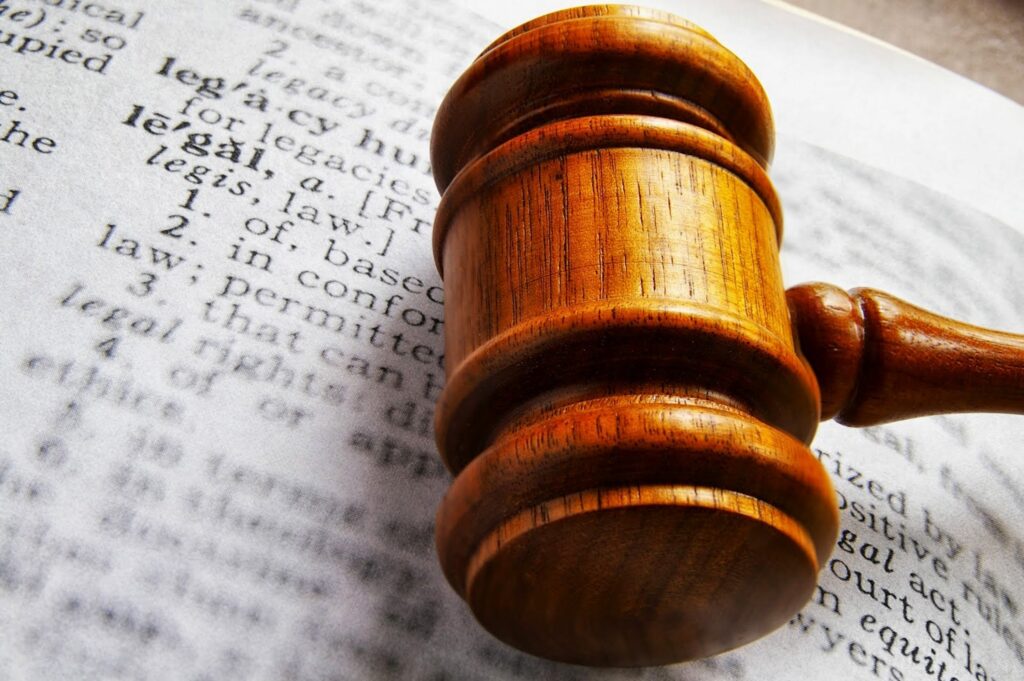Since the 2020 landmark United States Supreme Court civil rights ruling in which the Court held that the Civil Rights Act protects employee against discrimination because they are gay or transgender, LGBTQ+ discrimination court claims have soared. This litigation is expected to continue to increase as, according to recent polls, more adults, particularly those born in the mid-1990s to the 2010s (Gen Z), identify as LGBTQ+ and enter the workforce.
These new lawsuits stem from termination of employment, failure to hire, and harassment based on sexual orientation and gender identity. Harassment claims based on gender identity, for example, could be based on co-workers’ intentional and repeated use of the wrong name or pronouns when referring to a transgender employee. And it is not only LGBTQ+ employees filing claims. Allies of the LGBTQ+ community who, while not LGBTQ+ themselves, oppose alleged LGBTQ+ discrimination or harassment in the workplace are also protected.
As the average employee becomes more sensitive, employers are also being hit with litigation from heterosexual male and female employees claiming sexual harassment from supervisors and co-workers of either sex or claiming harassment or discrimination based on their marital status. While the United States Supreme Court has repeatedly held that the Civil Rights Act is not a civility code, employees are increasingly demanding a civility code in the workplace. Even employees who initially contributed to sexual banter or jokes in the workplace have filed suit, claiming to have a change of heart and finding the jokes and banter to be offensive.
Employers can take several actions to minimize the risk posed by this increasing pressure, including the following:
- Update anti-discrimination and anti-harassment policies in handbooks to make it clear that discrimination or harassment on the basis of sexual orientation and gender identity is prohibited;
- Update dress code and grooming policies;
- Establish a clear complaint procedure;
- Retrain employees on anti-discrimination and anti-harassment policies and reporting procedures;
- Train supervisors on unlawfulness of deferential treatment of individuals in different protected categories;
- Establish pre-employment and hiring practices (e.g., what procedures are used for hiring, how to respond to an applicant who inquires about diversity or advises that they seek an accommodation for gender transition or a disability);
- Establish procedures for how to respond to the potential conflict between demands
- from LGBTQ+ employees and those with sincerely held religious beliefs that do not recognize same-sex relationships or identification with a gender different than one’s biological sex;
- Establish policies that prohibit segregating employees based on actual or perceived customer preferences; and
- Conduct thorough investigations of claims of discrimination and harassment.
About the Authors:
Both authors have written extensively on diversity programs in the workplace, including the following, “Are DEI-Based Termination Decisions Creating Liability for Your Company?” and “Are Employers’ Diversity Efforts Risking “Reverse Discrimination” Lawsuits?” These articles can be found on butzel.com/resources-alerts.



















